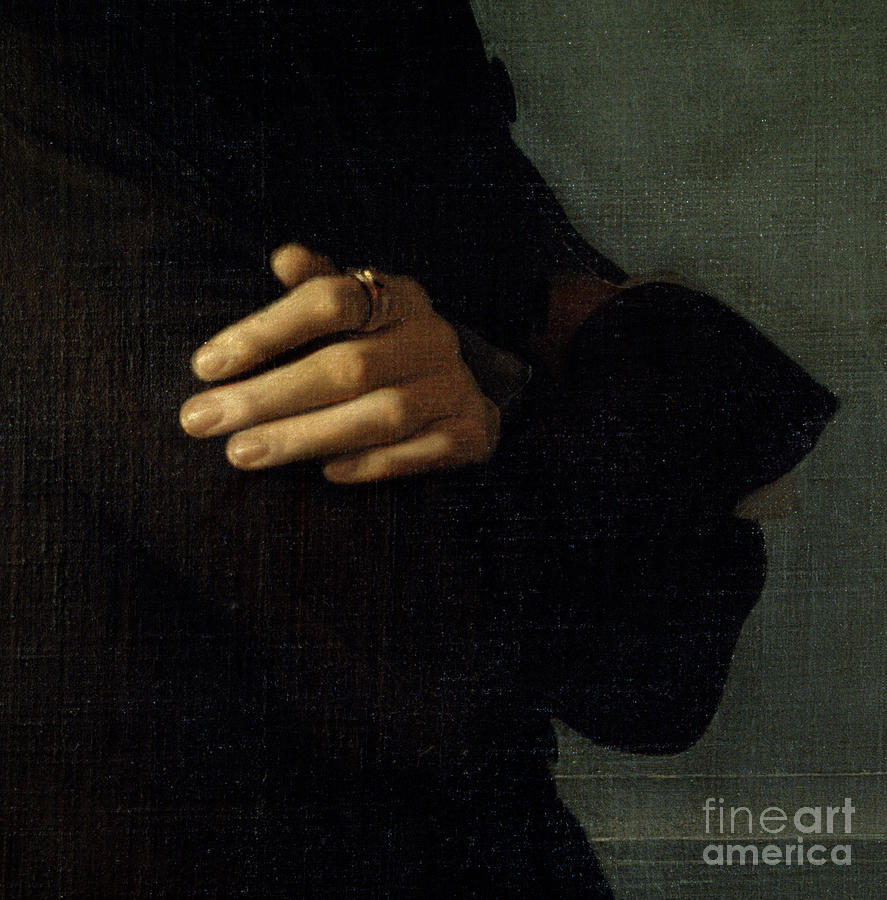

Thalberg was a believer in producing spectacular technical effects with an apparent minumum of physical effort and movement – the polar opposite of the flamboyant, even histrionic, Liszt. Paris took to Thalberg with enthusiasm, not least his aristocratic demeanour and elegance. Thus in many ways the timing of Thalberg’s arrival was fortuitous – Liszt had left earlier that year and moved temporarily to Geneva, not least to escape the controversy over his relationship with the married Countess d’Agoult. 1830s Paris played host to a remarkable selection of piano virtuosi – Liszt, Chopin, Alkan, Kalkbrenner, Herz and Pixis amongst others, and Liszt had come to be seen as the Crown Prince of them all. In 1835, Thalberg arrived in Paris as one of the most famous musicians in Europe, having been appointed Kammervirtuos to the Emperor of Austria. It is famously stated in contemporary reports that audiences, bemused by what they were hearing, stood upor on chairs, trying to see how this so-called “three-hand effect” was being produced. “ conceived the idea of extending pedal effects which formerly occurred only in bass notes to the notes of the middle and higher octaves, and thereby produce entirely new effects When the notes of a melody are struck with energy in a middle position and their sound continued by skilful use of the pedal, the fingers can also perform brilliant passages piano, with a delicate touch and thus arises the remarkable effect, as if the melody were played by another person, or on another instrument.” During this time, he made a pivotal discovery, one which was to have profound implications upon the development of pianistic technique and texture.

Over the next few years he continued performing in Germany and Austria, making the acquaintance of Chopin, Mendelssohn and the young Clara Wieck (later Clara Schumann), whilst developing his compositional style and technique. His opus 1, a Fantasy on Weber’s Euryanthe (setting the tone, perhaps, for an output later characterised by a plethora of operatic paraphrases) was published a couple of years later, shortly followed by, as befitted the aspiring young virtuoso, his piano concerto, opus 5. We find him taking lessons with Hummel and Moscheles, making his public debut in London in 1826. However, music was to intervene – it is worth noting that the Baroness von Wetzlar was a distinguished amateur pianist – and before long his gifts had become apparent. What we can be certain of is that the young Sigismund grew up in very comfortable surroundings and was duly sent to Vienna to prepare himself for a career in the military or the diplomatic corps. It is perhaps no coincidence that Thalberg is one of the Dietrichstein family titles, nor that the Count’s middle name was Joseph.

Considerable doubt surrounds his birth and parentage: whilst his birth certificate lists his parents as Joseph Thalberg and Fortunée Stein of Frankfurt-am-Main, the general belief is that he was the illegitmate son of Count Moritz von Dietrichstein and Baroness von Wetzlar. Let us begin by briefly examining his early life. Lauded by royalty and critics alike, the one-time rival of Liszt is now only known to students of music history and pianophiles. The composer-pianist Sigismund Thalberg (1812-1871) is one such figure. Sometimes it happens that an artist or musician achieves a stellar level of fame and success during his lifetime, only to vanish into the footnotes of history upon their death.


 0 kommentar(er)
0 kommentar(er)
